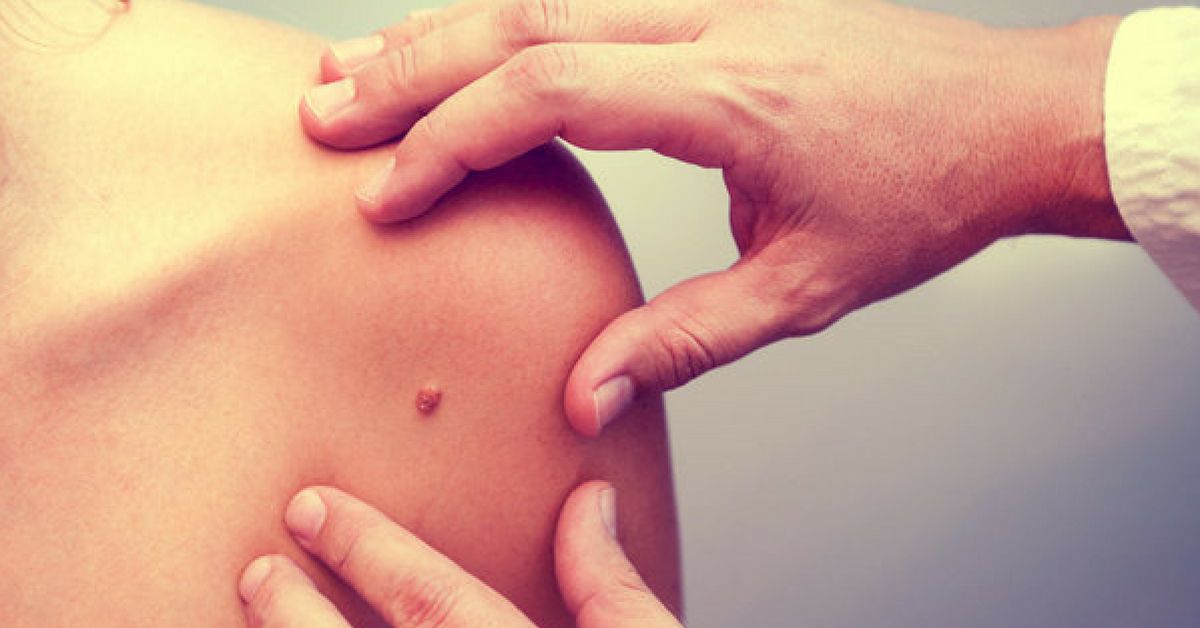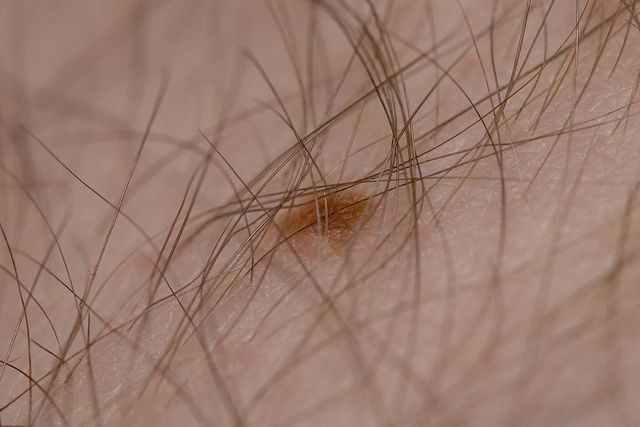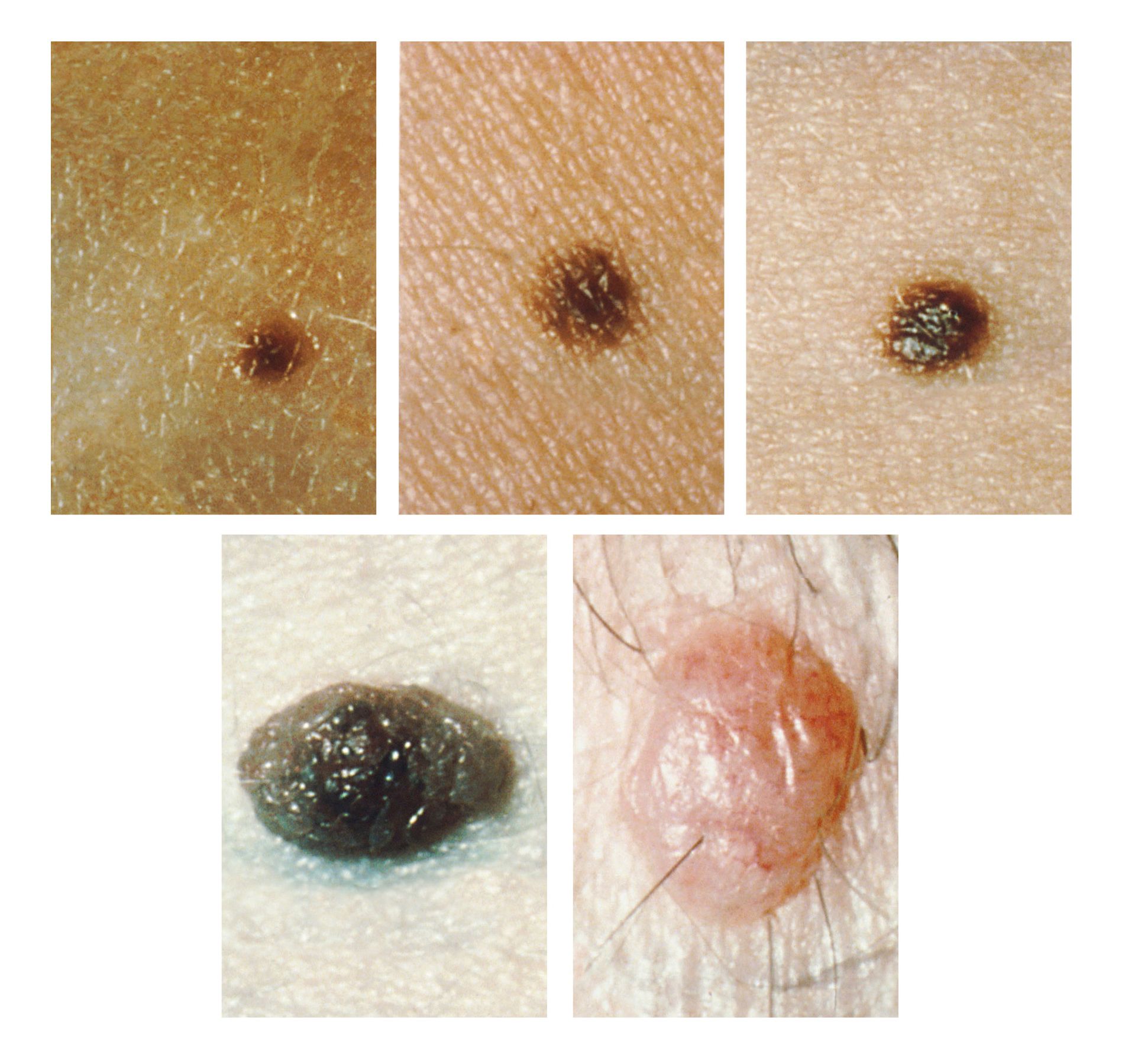Moles are one of those things on your body that you probably notice more than the people around you. If you have a mole, it may may you feel self-conscious or embarrassed, but for some people they also raise a lot of concern.
With the rates of skin cancer as high as they are, a lot of people look at their moles like a big warning sign. They are always just waiting for the day when the doctor will say that it is causing an issue.
But should we feel that way? How do you know when a mole is dangerous? And what causes them in the first place?
Well, we all have a lot of question about these common skin markings, so let's dive into it.
What actually is a mole?
Moles usually appear within the first 25 years of life, with most appearing during childhood. They are simply growths on the skin that are usually brown or black, and can appear in groups or alone.
Overtime moles can change colors, size, and start to grow hairs. Some moles start off flat against the skin's surface but as time goes on they raise up a bit. Usually they are the size of a pencil eraser, but they can pop up anywhere on the body.
Why do we get moles?
So you've got this little brown or black spot on you now, but why is it there? Well, moles are caused when cells called melanocytes grow in a cluster.
They are what gives your skin its pigment, but because there are so many in one place it becomes discolored.
Types of moles:
There are a few different types of moles, and knowing what type you have can help you predict whether or not the mole will become cancerous.
Common Moles
As their name suggests, these are the most common type of moles. They have distinct edges and a dome-like surface, with some sort of pigmentation. They are often found on skin exposed to the sun, and while they can turn into skin cancer, it's more rare.
Atypical Moles
Atypical moles are also known as dysplastic nevi and are a little bit more irregular than the common moles. Their borders aren't as defined, and they can be flat against the skin or raised, or some combination of both.
Even though they can look suspicious, most atypical moles end up being benign, but if someone finds they have a lot of these moles, they should keep an eye on their skin because their risk of skin cancer is raised.
Congenital Nevi Moles
Congenital Nevi moles are with you right from birth, and because of that, they are often known as birthmarks. Unfortunately, a lot of these birthmarks are at risk of turning into melanoma as time goes on, so they should always be monitored closely.
Acquired Moles
As their name suggests, acquired moles pop up as you age. They are often benign, but like common moles, even though the risk is low, they should still be monitored.
How do you monitor a mole?
There is an easy trick to remembering how to keep an eye on your moles, and it's as simple as your ABCDEs. I know most simple things are as easy as ABC, but it's your skin, you've got to put in the extra effort!
This simple little checklist can help you examine your moles so you have a better idea of when to ask a doctor about them.
A - Asymmetry
Does your mole match in shape and size on both sides, or does it look uneven?
B - Border
Is the edge of the mole a definitive line, or is it blurred, ragged, and irregular?
C - Color
Does your mole stay the same color throughout, or does it vary between tan, brown, black, white, blue, or red?
D - Diameter
Is your mole larger than a pencil eraser?
E - Evolution
Has your mole's shape, size, or color changed over time?
What will your doctor do if they are concerned about a mole?
While it can be scary to go to a doctor for something like getting a mole checked for cancer, it's important to do.
Your doctor or dermatologist will evaluate the mole, and if they are concerned they will biopsy the spot by either saving a small piece off or even cutting out the entire mole.
They do this because it allows them to better see the mole under a microscope, and cutting it out will not cause the cancer to spread.
If it is found to be skin cancer, they will likely go back in and clean up and remaining cancer cells in the area before closing it up.
Source - WebMD / SkinVision / MedicineNet / MedicalDaily


